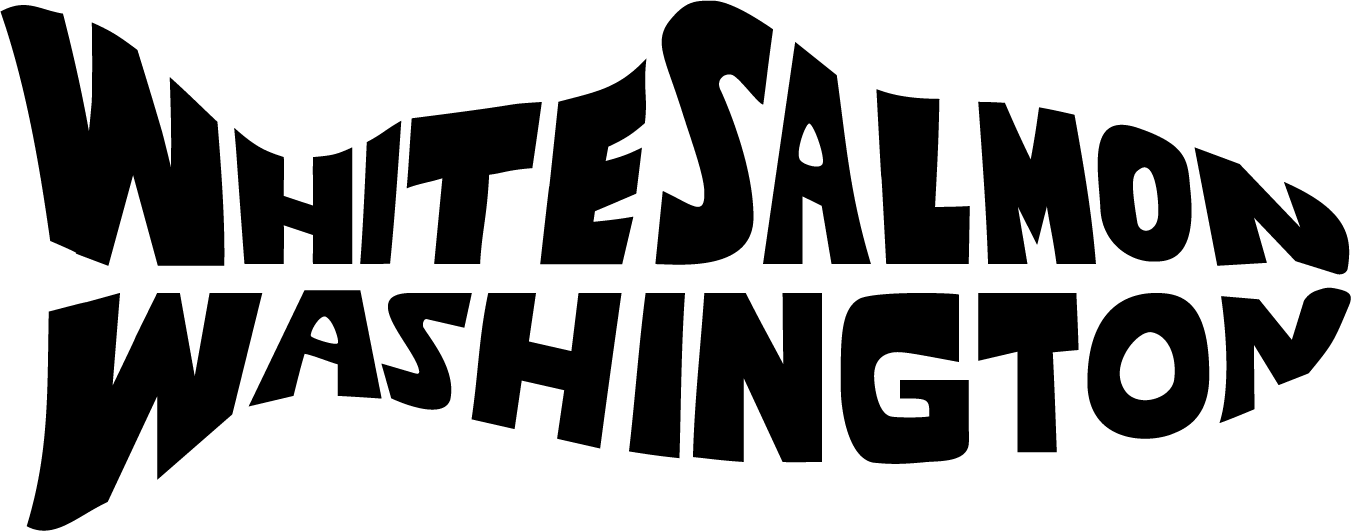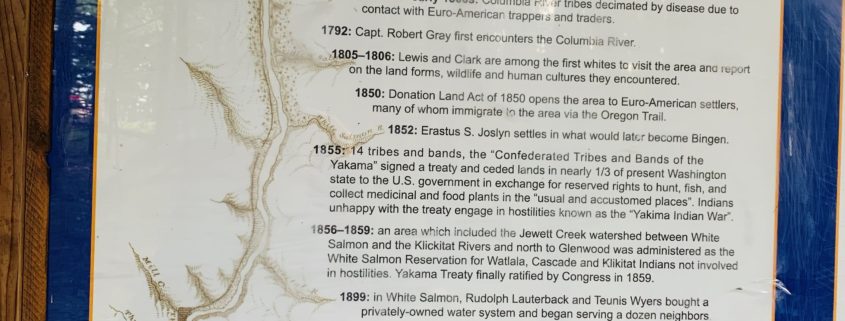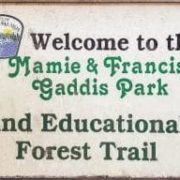White Salmon and Jewett Creek History
When hiking around White Salmon, be sure to discover the Mamie & Franci Gaddis Park. You will find interpretive signs pointing out native plants along with a Jewett Creek history lesson. We always like to understand the history and geology of a place before we visit. Enjoy this little history lesson here, or read it on the larger sign at the park!
16-6 Million Year Ago: Basalt floods erupt in Eastern Washington and Oregon creating the rock that now exists as the Columbia Gorge Walls.
2 Million – 100K years ago: Erupting volcanoes created the Cascade Range. Volcanoes pushed up earth forming high hillsides compared with the sea-level Columbia River.
Circa 16K-14K years ago: Massive lakes formed and as ice dams broke, Missoula Floods released millions of gallons of water which eroded flood basalt walls over time and created gorges, canyons, and coulees along the Columbia River
15K-150 years ago: First nations centered their lives near the Columbia River and tributaries and their life-giving salmon runs. Various Columbia Plateau people lived in the area; winter villages and seasonal fishing camps of Chinookan and Sahaptin speaking peoples were numerous.
1260 years ago: The Bonneville landslide near current-day Stevenson blocked the Columbia River for a time, probably resulting in the Indian legend “Bridge of the Gods” and creating the Cascade Rapids, a treacherous series of rapids now underwater near Bonneville Dam.
Late 1700’s-early 1800’s: Columbia River tribes decimated by disease due to contact with Euro-American trappers and traders.
1792: Capt. Robert Gray first encounters the Columbia River
1805-1806: Lewis and Clark are among the first whites to visit the area and report on the land forms, wildlife and human cultures they encountered.
1850: Donation Land Act of 1850 opens the area to Euro-American settlers, many of whom immigrated to the area via the Oregon Trail.
1852: Erastus S. Josylyn settles in what would later become Bingen.
1855: 14 tribes and bands, the “Confederated Tribes and Bands of the Yakama” signed a treaty and ceded lands in nearly 1/3 of present Washington State to the US Government in exchange for reserved rights to hunt, fish, and collect medicinal and food plants in the “usual and accustomed places”. Indians unhappy with the treaty engaged in hostilities known as the “Yakima Indian War”.
1856-1859: An area which included the Jewett Creek watershed between White Salmon and the Klickitat Rivers and north Glenwood was administered as the White Salmon Reservation for Watlala, Cascade and Klickitat Indians not involved in hostilities. Yakama Treaty finally ratified by Congress in 1859.
1800: in White Salmon, Rudolph Lauterback and Teunis Wyers bought a privately-owned water system and began serving a dozen neighbors.
1901: A.H Jewett platted the present town of White Salmon and continued to develop the Jewett Creek water system.
Around 1905: a village by the site of the Byrkett Ranch in Bingen was home to 100 Chinookan-speaking White Salmon Indians. It is likely that these people drew water and fished for salmon at the mouth of Jewett Creek.
1915: Melvin J. Manly expanded the water system operation, building a 15′ high pump platform over the still water vault that pumped water through a 6″ wooden pipe up to the present Spring Street Reservoir.
1922: Manly’s Jewett Creek Water system sold to City of White Salmon for town’s use
1931: City’s water operation burned to the ground and the town was without a unified system until the Buck Creek system was completed in 1937.
1937: City switched to Buck Creek as a water source. Floodgates close on Bonneville Dam
1963: Park and spring acquired as a supplemental water supply for the city of White Salmon
2003: Trails improved and park dedicated to Mamie Gaddis for a life of service.
2008: ADA trial completed, kiosk installed, park rededicated to Mamie & Franci Gaddis




